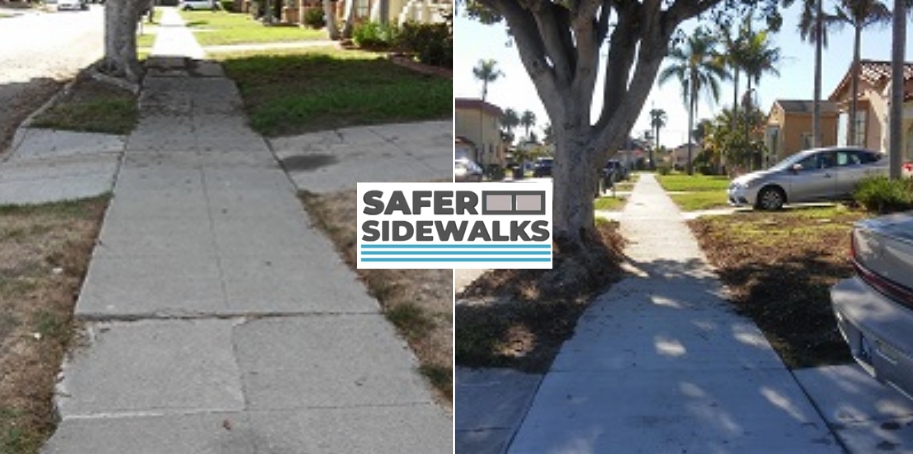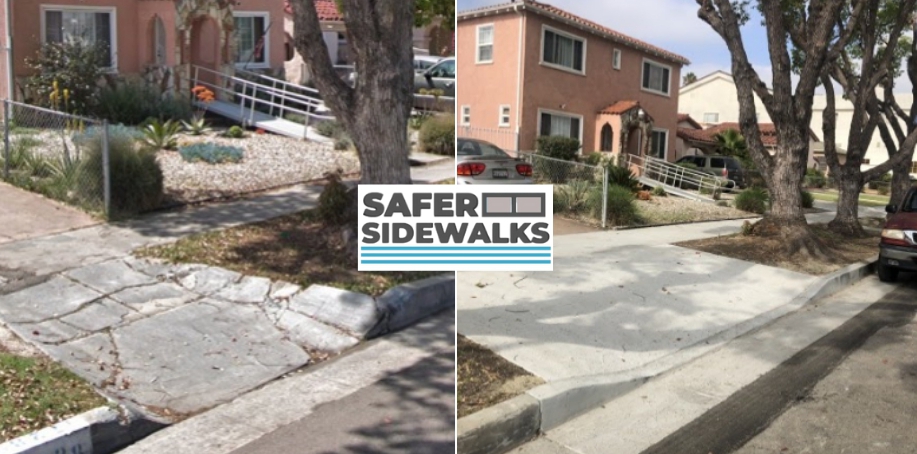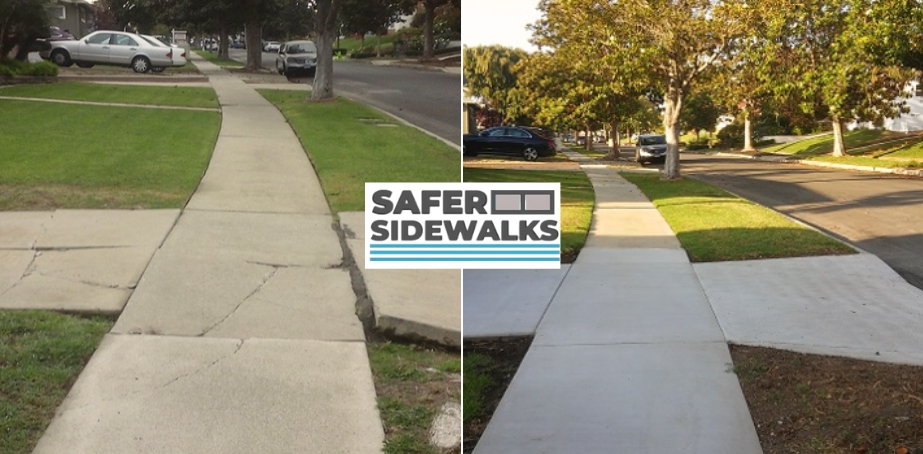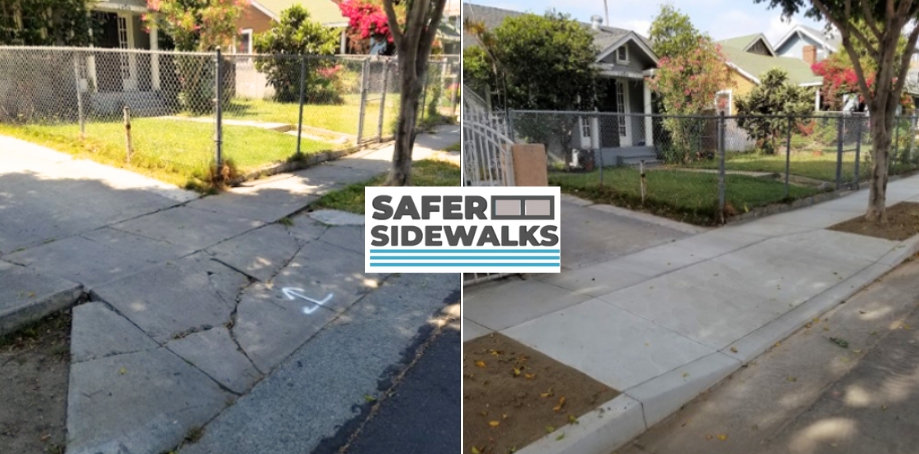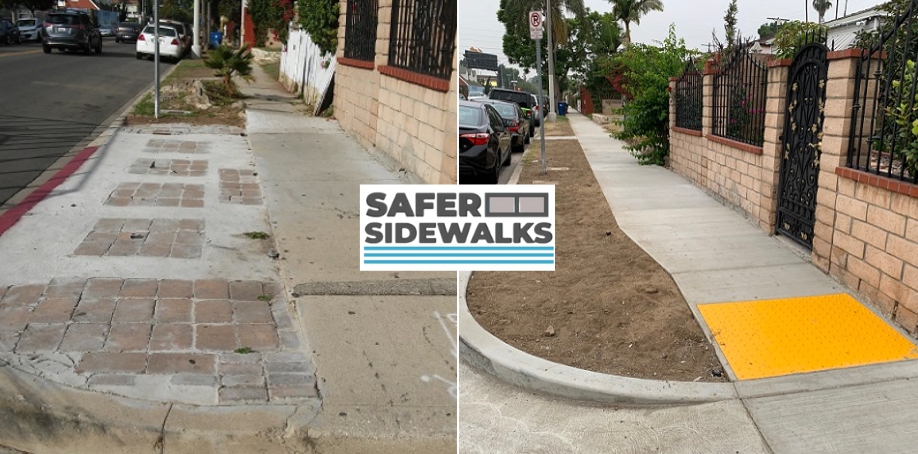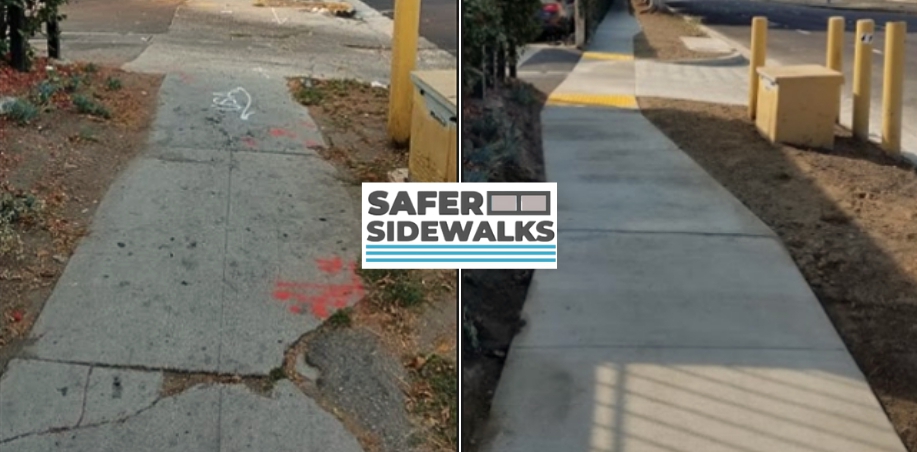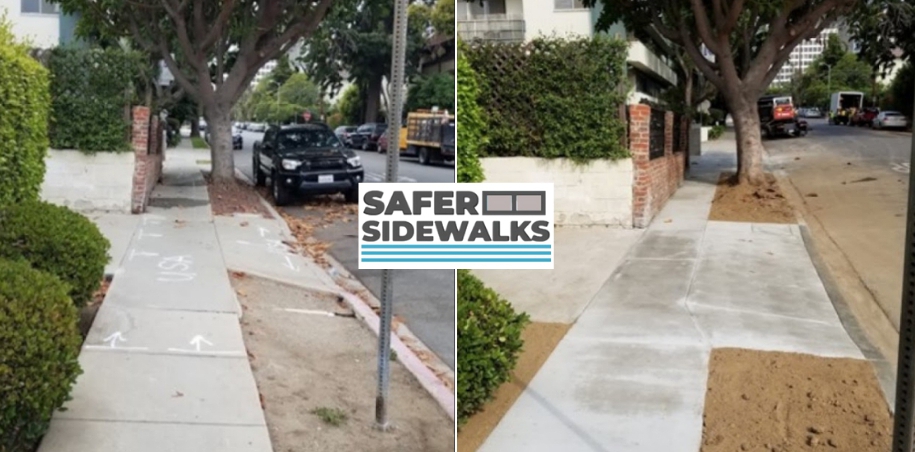
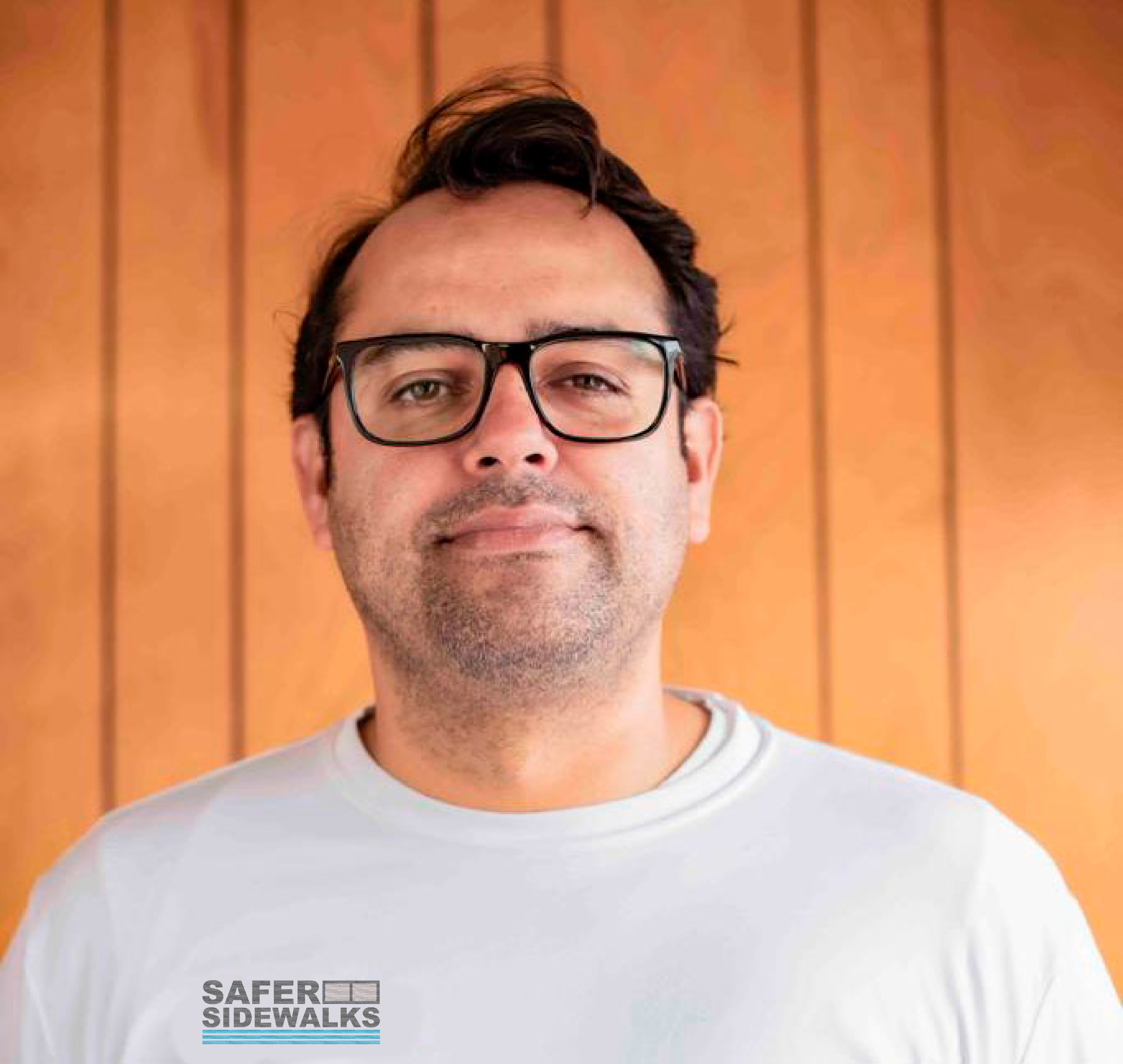
by John Lopez
CA State Lic. Concrete & Masonry C-8
CA State Lic. General Construction - B
Buckaroo Banzai the Concrete Nerd
Actual person performing the job
Date: Apr 05, 2024
WHY DOES CONCRETE CRACK: WHAT SHOULD DO THAT IN THIS SITUATION
In order to guarantee quality concrete work in Los Angeles, it is important to understand curb repair. Cracks in recently poured concrete are a common topic of discussion in the bustling metropolitan landscape of Los Angeles, which is characterized by the prevalence of concrete paths. Residents may be curious about the reasons behind these flaws and whether or not they received improper craftsmanship. A solid understanding of the subtleties of concrete work is essential to properly handling these difficulties.
Cracks in Concrete Caused by an Excessive Amount of Water in the Mix
One of the most prevalent causes of fractures in concrete is the presence of an excessive amount of water in the mixture. Concrete does not require a significant amount of water to reach its full strength, but many residential constructions require the injection of an excessive amount of water on-site to expedite installation. On the other hand, this extra water causes the concrete to lose its strength and durability, ultimately resulting in the concrete shrinking as it dries and eventually cracking.
Prompt Drying Out
Fractures in the concrete can also be caused by the concrete drying out too quickly. During the hydration process, walkway repair in Los Angeles goes from being in a liquid condition to being in a solid state. This process requires a sufficient amount of water to be available over a period of days and weeks. Early drying and an increased susceptibility to cracking will likely occur if adequate moisture is not provided during this vital period.
Concrete with an Unsuitable Strength
It is also possible to cause cracks in concrete by using the incorrect strength for a specific application. To ensure that the proper mixture is utilized, it is vital to verify the appropriate strength required for the application planned and confer with reliable providers for sidewalk repair in Los Angeles.
A Deficiency In Control Joints
Control joints are an essential component in the process of determining the locations of fractures in concrete. When joints are positioned correctly, they alleviate stress and avoid cracking at random. Cracks that are ugly and potentially harmful can result from either failing to add control joints or installing them inappropriately.
Concrete Cracks of Various Types for Cement Sidewalk Repair Los Angeles
Cracks that are only a few millimetres wide on the surface might not necessarily be cause for concern. However, they should be treated if they become wider over time, present a risk, gather debris, or distract from the aesthetics.
Shifts in the Shrinkage
By ensuring that the joints are properly positioned, shrinkage cracks that appear during the curing process can be reduced to a minimum. These walkway repairs in Los Angeles are usually superficial and can be fixed as required.
Splits in the Settlement
Settlement fissures are caused by the slab's unequal settling, which is caused by the ground beneath the concrete not being correctly compacted. Addressing the underlying soil problems is essential to stopping any further damage from occurring.
Defects in the Structure
Urgent attention must be paid to structural fissures that are wider than a credit card and that go through the entire slab. These cracks are an indication of significant issues, which may necessitate the concrete to be fixed or replaced in accordance with the situation.
Concrete Curve Repair Los Angeles Widths That Are Acceptable
The location of the crack and the variety of fractures present are two factors that can affect the allowable crack width calculation. While credit card-sized cracks are usually seen as problematic, other aspects to take into account are mobility, trip risks, moisture seepage, and aesthetics.
Preventing Concrete from Concrete Cracking
1-It is recommended that You Start with a Sound upgrade
Ensure that the subgrade is stable and well-compacted to reduce the likelihood of fractures occurring in concrete. This is an essential step in the process. In order to establish the foundation for a long-lasting and resilient pavement, it is vital to carefully prepare the ground beneath the concrete surface.
2-Make Adjustments to The Concrete Mixture
Modifying the amount of water used for cement and including additives such as fibre reinforcement can improve the durability and strength of concrete. This activity will reduce the likelihood of fractures appearing in the concrete.
3-Joints Should be Positioned Three Times
Properly locating control joints allows for controlled cracking, which helps lessen the possibility of random or unattractive cracks. To ensure the long-term stability of the pavement, it is essential to identify the appropriate joint placement through collaboration with contractors.
4-Cure the Concrete In the Correct Manner
Concrete curing is necessary to guarantee the best possible hydration and strength development. Proper curing measures, such as moisture retention and protective covers, can facilitate the curing process and reduce the risk of cracking.
Conclusion
In conclusion, prioritizing sidewalk repair in Los Angeles is essential for maintaining safe and accessible pedestrian pathways throughout the city. Whether addressing cracks, uneven surfaces, or broken sections, timely intervention is crucial to mitigate safety risks and uphold urban mobility. Property owners and municipal authorities can ensure the longevity and integrity of sidewalks by enlisting professional services specializing in cement sidewalk repair, walkway repair, and concrete curve repair.
Investing in quality materials and adhering to established guidelines for concrete placement are integral steps in preventing future damage and enhancing the overall quality of pedestrian infrastructure. As stewards of public safety and convenience, let us continue to prioritize sidewalk repair in Los Angeles, creating environments that promote pedestrian well-being and connectivity for all residents and visitors alike.

